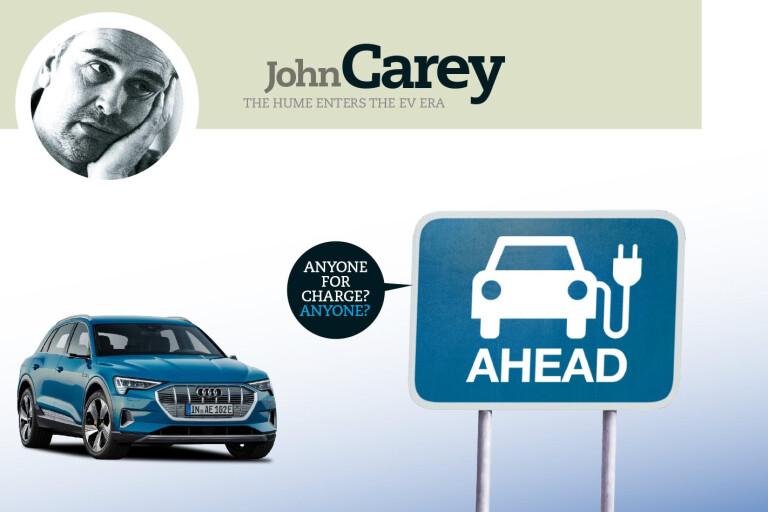
Sydney to Melbourne once. Melbourne to Sydney twice. Through 2018 I travelled three times between Australia’s two biggest cities without earning a single Qantas Frequent Flyer or Virgin Velocity point. Mostly I stuck to memory lane.
That’s not what the tabloids called it when I was growing up in Yass in the 1970s. Back then it was always the Deadly Hume, in boldface headlines above reports of yet another holiday weekend multiple-fatality crash on Highway 31.
Today the deadliest thing about the Hume is its dullness. The killer curves of the Cullerin Range, driving highlight of the weekly trips I used to make from Goulburn to Yass and back again, were bypassed long ago. So was Razorback, the climb over the Great Dividing Range between Picton and Camden that added a little interest to any journey to Sydney. Now the Hume also sidesteps every town along the way.
All this has reduced driver workload for most of the journey to negligible levels. Set cruise, sit, steer, and stare at the safety of the once Deadly Hume.
The future comes slow and stealthy. It’s a bird-stalking cat, not a frantic, barking, car-chasing dog. The remaking of Highway 31 was a process that took decades. Most of my lifetime, in fact. Each step was small, but over time they added up to complete transformation.
Already the first signs of the Hume’s next era are beginning to appear...
Late in 2017, during the single Melbourne to Sydney drive I did that year, I was amazed to see a white Model S stop to recharge at the row of six Tesla Superchargers installed near the Dog on the Tuckerbox near Gundagai.
On my final Hume trip of 2018 I made a stop at the big Shell service centre near Euroa, specifically to take a look at the new array of four DC fast-chargers recently installed there. These are available to all EV drivers, not only Tesla owners. Each charger has two permanently attached cables, one with a CCS Combined plug at its end, the other with a CHAdeMO plug.
Two of them, manufactured in Italy by ABB, can deliver 150kW, way more than a Tesla Supercharger and enough to make charging truly quick. They’re apparently the most powerful DC fast chargers in Australia right now but this month’s EV Megatest showed that there are still wrinkles to be ironed out. The other two chargers on site are 50kW units, designed and manufactured in Australia by Queensland-based company Tritium.
The Euroa installation is part of an embryonic national network being installed by Chargefox, with support from state-based motoring clubs like the RACV, the Federal Government’s Australian Renewable Energy Agency and the Victorian Government.
I’m convinced that EVs are the best way to make driving a clean-conscience activity, so I don’t want to criticise an initiative that aims to hasten their adoption. But I honestly cannot foresee the Euroa chargers being useful or utilised until something is done to encourage people to choose EVs instead of fuel burners.
Then Highway 31 would really be on the way to becoming the Electric Hume...

COMMENTS